Exploring the Benefits of Sustainable Living with Converted Containers
The growing trend of sustainable living has garnered significant attention in recent years, with many seeking innovative solutions to environmental challenges. One such solution is the use of converted containers, which repurpose shipping containers into functional living spaces, offices, and community hubs. According to a report by the World Economic Forum, the global modular construction market is projected to reach $157 billion by 2023, with a substantial portion driven by eco-friendly initiatives. Furthermore, research from the Ellen MacArthur Foundation highlights that the circular economy could save the world over $1 trillion annually by minimizing waste and resource consumption.
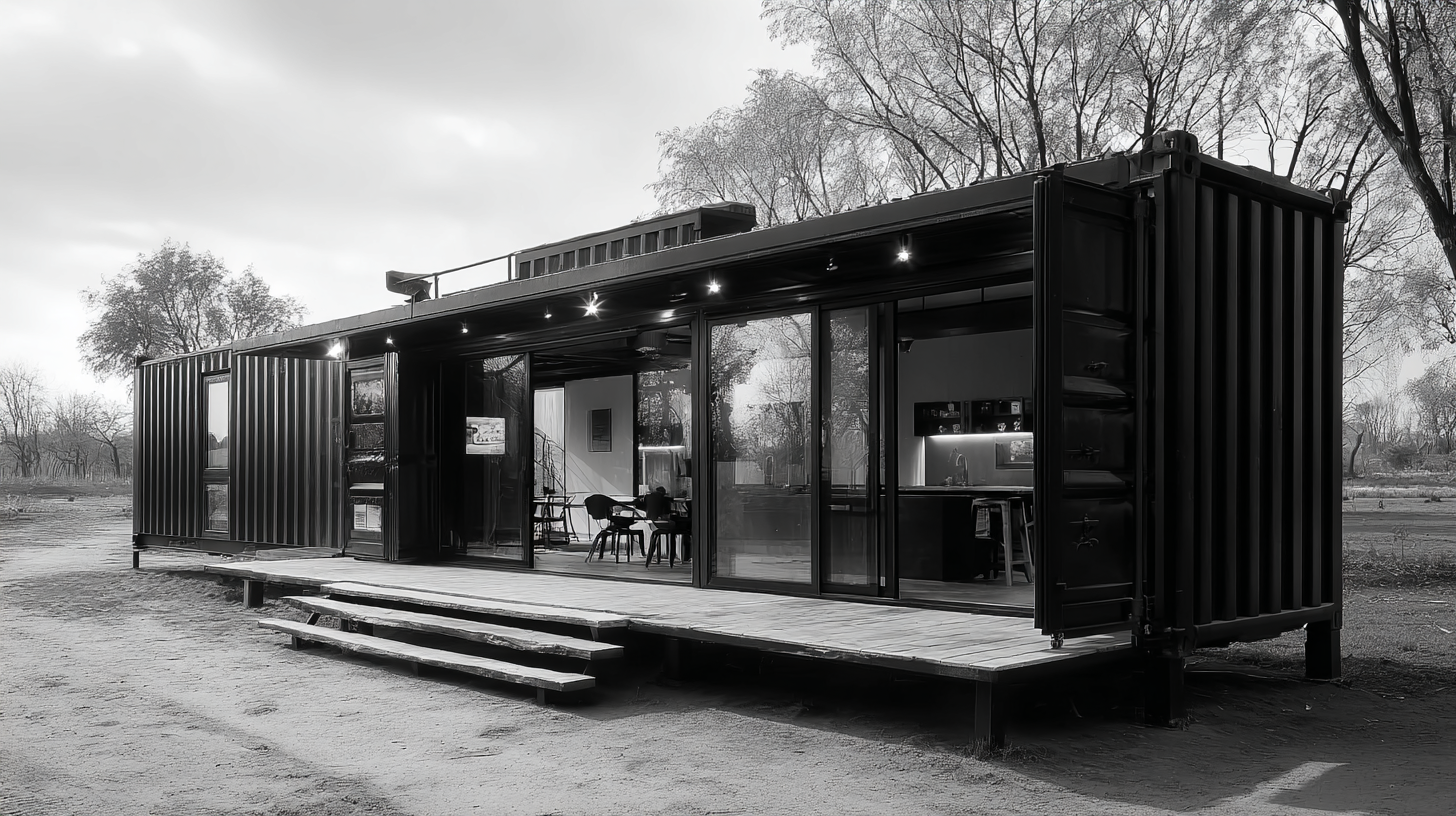
Converted containers align perfectly with these principles, offering a sustainable alternative that reduces material waste and carbon footprint while promoting efficient use of resources. As the demand for sustainable living environments continues to rise, converted containers stand out as a versatile and environmentally responsible option that meets the needs of modern society.
Understanding Sustainable Living: An Introduction to Container Conversion
Sustainable living has gained significant traction in recent years, pushing the boundaries of traditional housing solutions. One innovative approach is container conversion, which repurposes shipping containers into functional living spaces. According to a report by the Global Sustainability Institute, the construction sector accounts for nearly 39% of global carbon emissions, highlighting the urgent need for eco-friendly building practices. By utilizing discarded shipping containers, we can reduce material waste and lower our carbon footprint significantly.
Container homes not only offer a sustainable alternative but also provide financial benefits. The average cost of building a traditional home can exceed $300,000, while converted containers can be constructed for as low as $20,000, depending on the design and amenities. This shift is particularly appealing to young professionals seeking affordable housing options without compromising on eco-consciousness.
Tip: When considering a container conversion project, ensure that you conduct thorough research on local zoning laws and regulations to avoid future complications. Additionally, opting for renewable energy sources, such as solar panels, can enhance the sustainability of your container home, substantially lowering utility costs in the long run.
Key Benefits of Choosing Converted Containers for Sustainable Living
Converted containers are gaining traction as a sustainable living option, and for good reason. The global container homes market, valued at USD 61.83 billion in 2023, is projected to grow significantly, reaching USD 108.70 billion by 2030. This rapid growth indicates a rising preference for eco-friendly housing solutions. One of the key benefits of choosing converted containers is their recyclability; these structures utilize discarded shipping containers that otherwise would contribute to landfill waste, promoting a circular economy.
Moreover, converted containers boast energy efficiency, which can substantially reduce ecological footprints. Many container homes incorporate renewable energy systems such as solar panels, which allows inhabitants to rely on clean, renewable power sources. According to industry forecasts, the energy-efficient building market is anticipated to expand as more homeowners seek to minimize their environmental impact. By opting for container living, individuals are not only saving on construction costs but also contributing to sustainable practices that protect our planet for future generations.
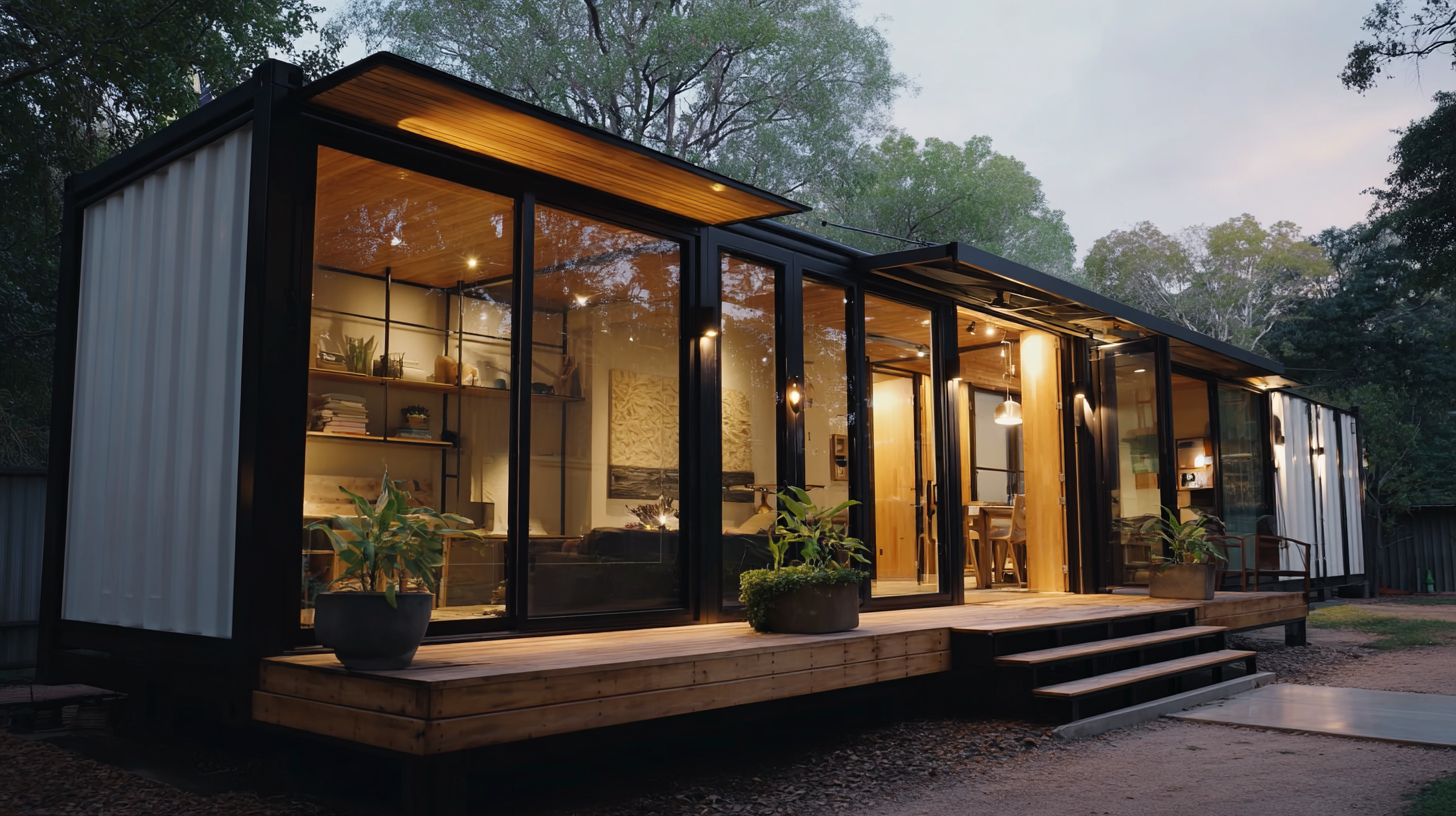
Step-by-Step Guide to Converting Shipping Containers into Eco-Friendly Homes
Converting shipping containers into eco-friendly homes is a sustainable living trend that has captured significant attention. A report from the World Economic Forum highlights that the construction industry is responsible for 38% of global greenhouse gas emissions, making it essential to explore innovative building solutions. Shipping container homes, with their robust steel structures, offer durability and a reduced carbon footprint compared to traditional building materials. By repurposing these containers, homeowners can minimize waste and utilize resources that would otherwise contribute to environmental degradation.
The conversion process can be broken down into manageable steps. First, it's crucial to choose the right container, typically a 20 or 40-foot unit that meets quality standards set by the International Organization for Standardization. Next, insulation and energy-efficient windows must be installed to ensure comfort and energy savings, with studies showing that well-insulated homes can reduce heating and cooling costs by up to 50% (Energy.gov). Additionally, incorporating solar panels can further lower energy expenditures and promote self-sufficiency, aligning with the growing trend of net-zero homes. By following this step-by-step guide, individuals can transform shipping containers into functional, environmentally friendly living spaces that exemplify the principles of sustainable living.
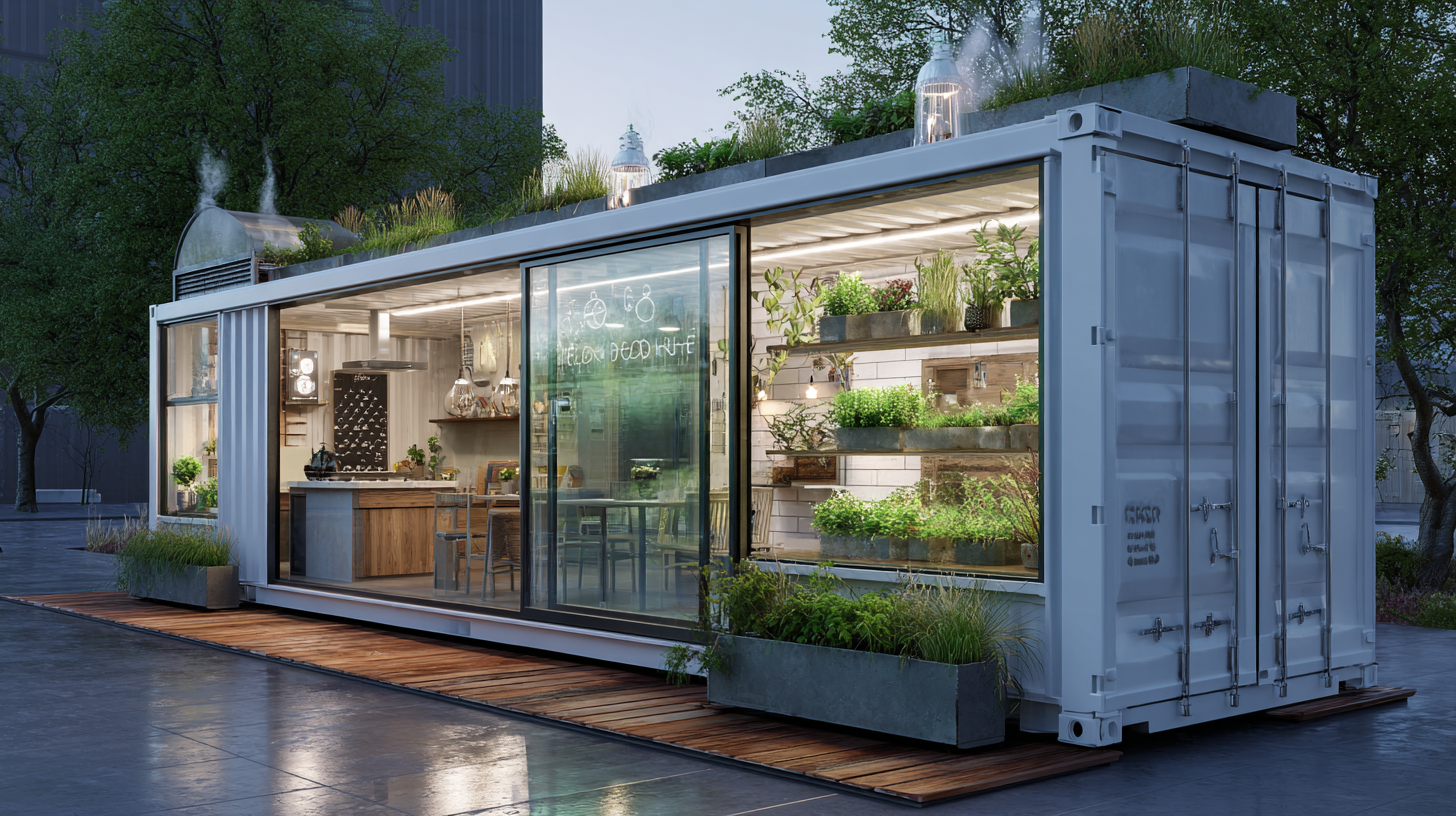
Design Ideas: Creating Functional and Aesthetic Spaces in Containers
The trend of using converted shipping containers for sustainable living continues to gain traction, with many designers pushing the boundaries of aesthetics and functionality. According to a report by the Container Home Global Market, the market is projected to grow by over 10% annually in the next five years, driven by the increasing demand for eco-friendly housing solutions. Designers are now exploring innovative layouts that maximize space while maintaining visual appeal. For instance, open-plan living areas, enhanced with large windows and eco-friendly materials, create a sense of spaciousness and connection with nature.
Moreover, the use of shipping containers allows for unique architectural designs that can reflect personal style while adhering to sustainable practices. A well-designed container home can incorporate energy-efficient systems, such as solar panels and rainwater harvesting, contributing to a reduced carbon footprint. A recent study from the Journal of Sustainable Architecture highlighted that homes built from repurposed materials, including containers, can reduce construction waste by up to 75%. By combining functional and aesthetic elements, these container homes not only serve as a viable housing solution but also inspire a broader movement towards sustainable living.
Exploring the Benefits of Sustainable Living with Converted Containers
| Design Idea | Functionality | Aesthetic Appeal | Sustainability Benefits |
|---|---|---|---|
| Container Home | Efficient living space | Modern and sleek design | Reduced carbon footprint |
| Container Office | Portable workspace | Creative and inspiring environment | Utilizes recycled materials |
| Container Garden | Space for urban gardening | Charming and appealing layout | Promotes local food sourcing |
| Container Café | Social gathering space | Inviting and trendy atmosphere | Supports sustainable practices |
| Container Pool | Unique swimming experience | Stylish centerpiece | Reduces water wastage |
Maximizing Energy Efficiency in Container Homes: Tips and Strategies
Maximizing energy efficiency in container homes not only reduces environmental impact but also enhances the comfort and savings for residents. One effective strategy is proper insulation. Utilizing materials like spray foam or rigid foam boards can significantly limit heat transfer, ensuring that homes remain warm in winter and cool in summer. Additionally, the use of energy-efficient windows helps minimize heat loss and gain, allowing natural light to enter while keeping the elements at bay.
Another vital aspect of energy efficiency in container homes is the integration of renewable energy sources. Installing solar panels on the roof can harness sunlight for electricity, significantly lowering reliance on traditional energy grids. Moreover, incorporating energy-efficient appliances and LED lighting further minimizes energy consumption. Rainwater harvesting systems can also be implemented, providing a sustainable water source and reducing the overall environmental footprint of the home. By adopting these tips and strategies, homeowners can create sustainable living spaces that promote both environmental stewardship and personal well-being.
Energy Efficiency in Container Homes
Related Posts
-
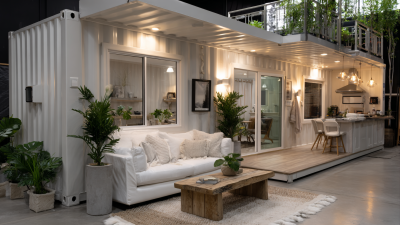
How a 40ft Container Cabin Can Transform Your Living Space into an Ecofriendly Haven
-
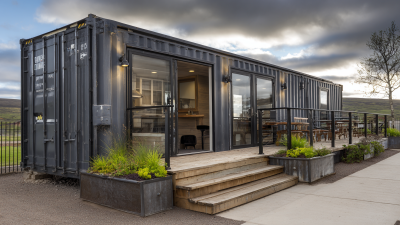
Exploring the Benefits of Sustainable Living in Shipping Containers
-
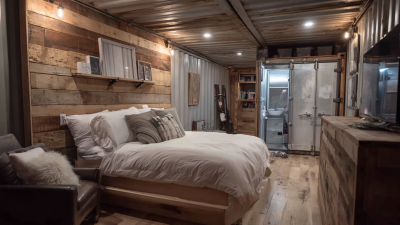
Innovative Ways to Transform Shipping Container Rooms into Sustainable Living Spaces
-
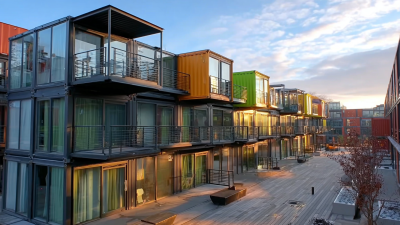
Discovering the Future of Living: The Rise of Container Condos as Eco-Friendly Housing Solutions
-

Innovative Ideas for Shipping Container Remodels You Can Try Today
-

Innovative Uses of Shipping Container Buildings Transforming Modern Architecture
